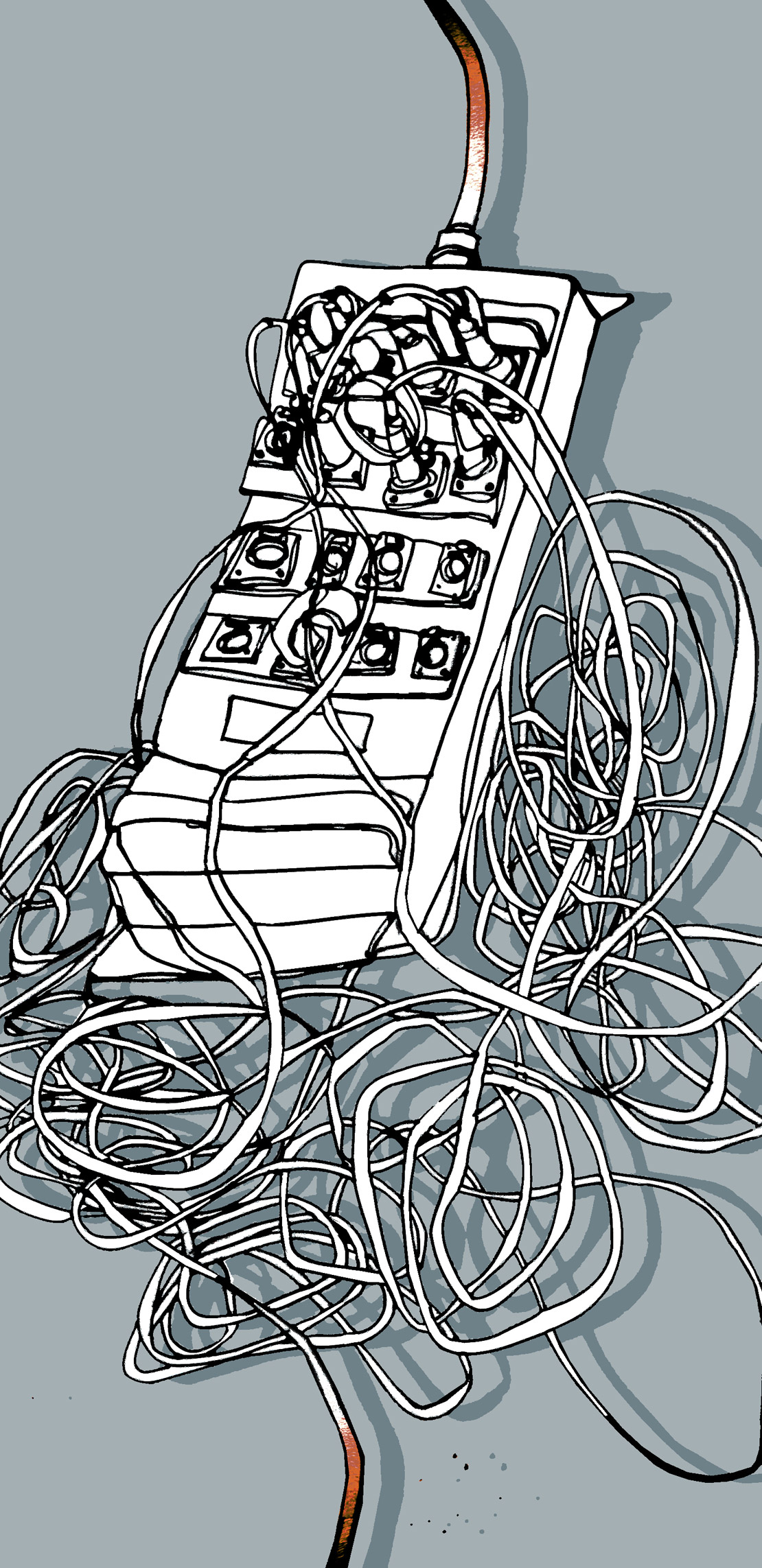Why is it that pretty much every studio I've visited that doesn't employ a full-time receptionist also lacks a working doorbell? Without a doorbell to ring, I usually have to call the mobile phone of the engineer or artist, leave a voicemail, then send a text, then wait for 15 minutes — before the door finally opens with the greeting, "Sorry, I had my phone on silent, and I didn't look at my phone until just now." For the same reason you'd want to turn off the ringer on your phone, it makes sense that you wouldn't want a doorbell chime in the studio to ruin a take. That's one of the reasons why I recommended the NuTone LA204WH wireless doorbell with strobe (Tape Op #37); you can easily turn off its sound and rely instead on its super-bright strobe light to alert you of visitors. Unfortunately, almost 10 years after installing it, mine became unusable. The transformer inside that boosts the voltage for the xenon flashtube started to whine. Also, the rubber gaskets of the doorbell remotes were starting to fail from a decade of New England weather, allowing moisture to damage the electronics inside. Last year, I replaced the NuTone with a Honeywell RCWL330A100 wireless doorbell system (www.honeywellstore.com). I call it a "system" because it can interface with several types of remote devices: doorbell buttons, motion detectors, door/window contacts, driveway sensors, etc. It also allows you to "bind" up to six remotes to any number of chime units, with each remote device lighting up a different indicator on the chimes when triggered. I have mine set up with three different doorbells (front and back doors of the studio, and front door of my home) and several chimes strategically placed in various rooms. It's extremely convenient to be able to glance at the chime to see which door needs answering. Importantly, there's a bright LED- based strobe that blinks, and the chime sound can be turned off. The Honeywell's LED isn't as bright as the NuTone's xenon flashtube, but it's still bright enough to capture your attention if it's within your peripheral vision. I also like the fact that the remote doorbell buttons have a proper o-ring seal instead of just a rubber gasket; if the many Amazon reviews are to be believed, the Honeywell buttons should fare the weather better than the NuTone ones. Range is also much better. ••• My other gripe is that of the studios I've visited that do have a doorbell, many of them are in industrial buildings or DIY arts complexes with random assortments of doorbells and mailboxes that are poorly labeled. Several years ago, I purchased a Brother P-touch labeler (Tape Op #65) for about $20 after reading LC's review, and I went on a labeling spree. I didn't realize at that time that the two classes of label tape — TZ laminated and M non-laminated — perform differently, and a labeler made for one can't use the other. The M tape I was using isn't weatherproof, so the mailbox labels I made faded and peeled off within weeks. Last year, I upgraded to a Brother PT-1290 (www.brother.com); at $35 street, it's the cheapest unit that prints on TZ tape. I also purchased a selection of laminated tape with extra-strength adhesive, including white text on clear backing, which looks awesome on dark surfaces, like studio gear and microphones. So far, I'm impressed. The replacement mailbox labels I printed haven't faded, and the labels I made for my kids' water bottles have gone through countless dishwasher cycles without problems. The only bummer is that the PT-1290 can't print a cassette tape icon like my older labeler can.

